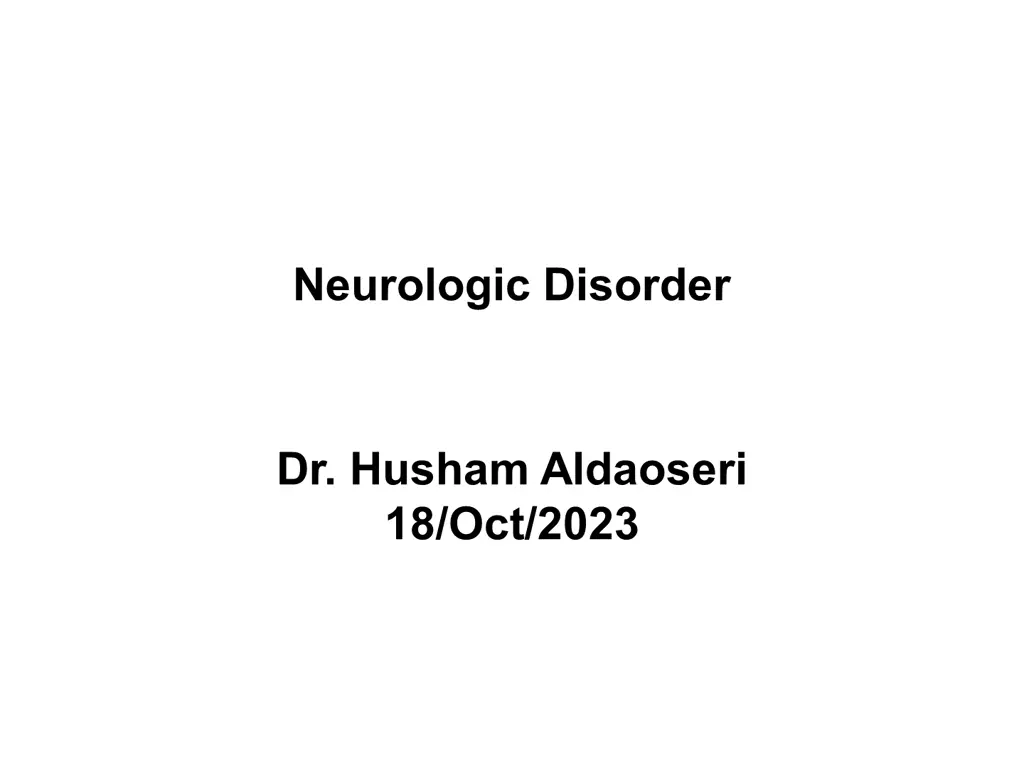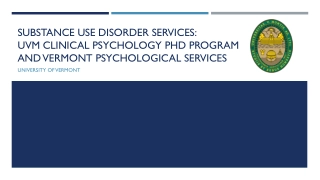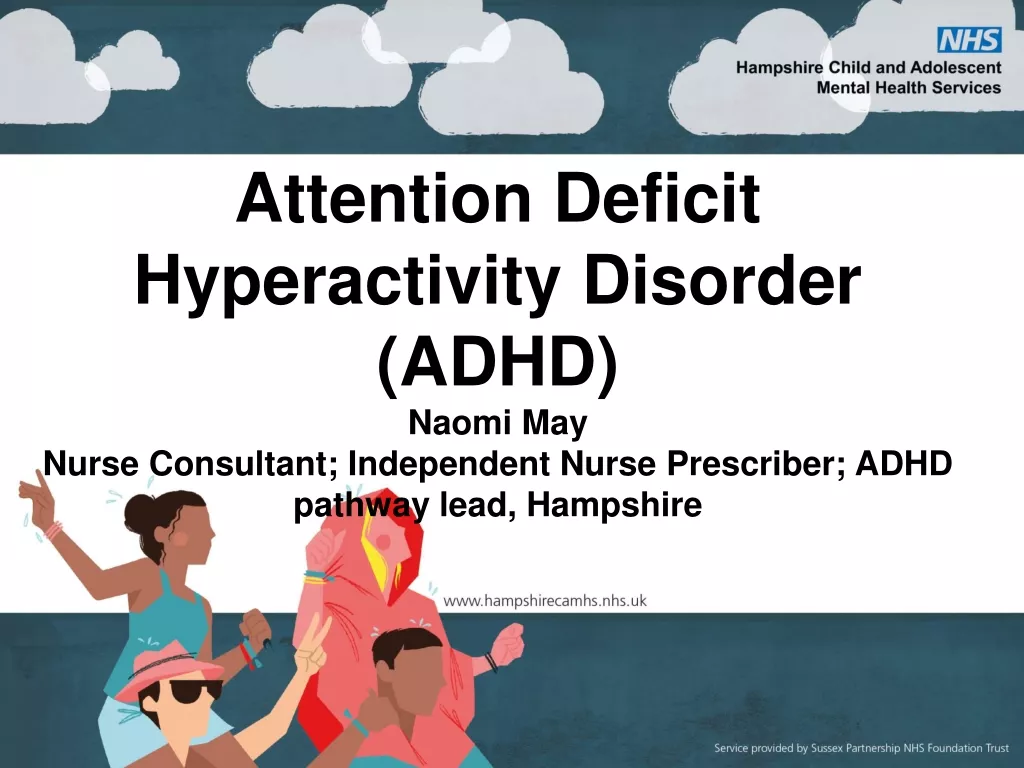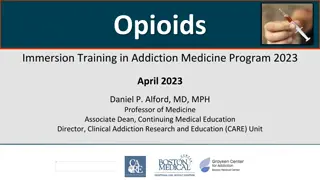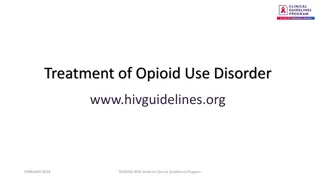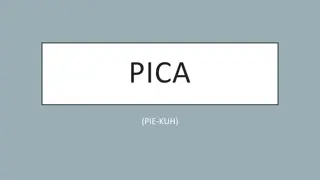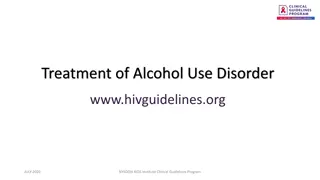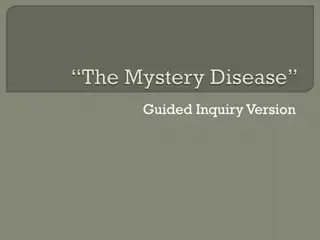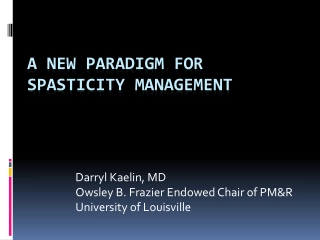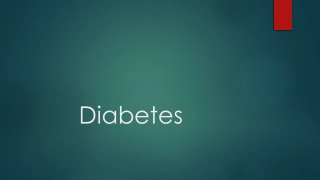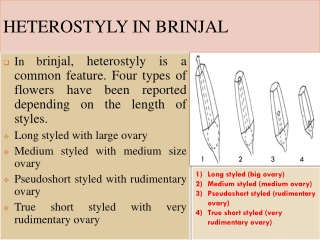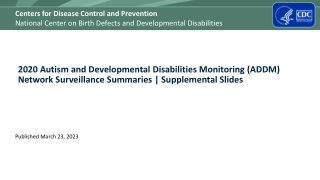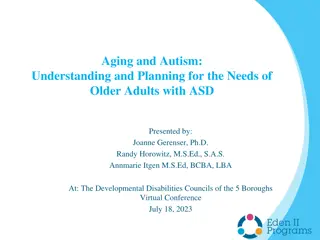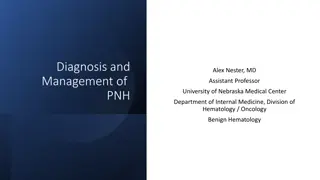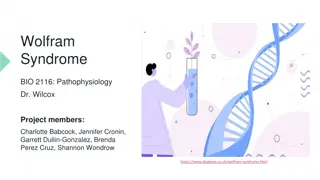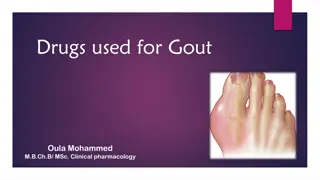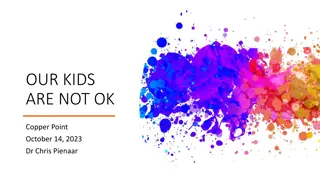Neurologic Disorder
Structural divisions of the central and peripheral nervous systems, learn about neuron anatomy, the neuromuscular junction, and the role of neurotransmitters. Includes information on Acetylcholine, Norepinephrine, Dopamine, and Serotonin.
- Neurologic disorder
- Anatomy
- Physiology
- Neurotransmitters
- Central nervous system
- Peripheral nervous system
- Neuron
- Neuromuscular junction
Download Presentation

Please find below an Image/Link to download the presentation.
The content on the website is provided AS IS for your information and personal use only. It may not be sold, licensed, or shared on other websites without obtaining consent from the author. Download presentation by click this link. If you encounter any issues during the download, it is possible that the publisher has removed the file from their server.
E N D
Presentation Transcript
Neurologic Disorder Dr. Husham Aldaoseri 18/Oct/2023
Overview of Anatomy and Physiology Structural divisions 2 main Central nervous system (CNS) Brain and spinal cord Peripheral nervous system 2 main Somatic nervous system Sends messages from the CNS to the skeletal muscles; voluntary Autonomic nervous system Sends messages from the CNS to the smooth muscle, cardiac muscle, and certain glands; involuntary
Cells of the nervous system 2 broad categories Category one: neurons transmitter cells Space between each neuron is called a synapse Category two: neuroglial or glial cells support cells
Neuron (nerve cell) : 3 Main structures Cell Body: contains a nucleus surrounded by cytoplasm Axon: cylindric extension of the nerve cell that conducts impulses away from the neuron cell body Dendrites: branching structures that extend from a cell body and receive impulses
Neuromuscular junction: is the area of contact between the ends of a large myelinated nerve fiber and a fiber of skeletal muscle. The neurotransmitters act to make sure that the neurological impulse passes from the nerve to the muscle.
Neurotransmitters: chemicals that modify or result in the transmission of impulses between synapses Acetylcholine: role in nerve impulse transmission; spills into the synapses area and speeds up transmission of the impulse. Enzyme cholinesterase is then released to deactivate the acetylcholine once the message or impulse has been sent. Norepinephrine: has an effect on maintaining arousal (awakening from a deep sleep), dreaming, and regulation of mood (happiness or sadness).
Neurotransmitters: cont. Dopamine: affects motor function (gross subconscious movements of the skeletal muscles), also plays a role in emotional response. Parkinson s disease there is a decrease in dopamine levels. This causes the tremors, or involuntary, trembling muscles Serotonin: induces sleep, affects sensory perception, controls temperature, and helps regulate mood
Central nervous system: One of two main divisions of the nervous system and composed of the brain and spinal cord. Cranium protects the brain. Vertebral column protects the spinal cord Brain: specialized cells in the brain s mass of convoluted, soft, gray or white tissue coordinate and regulate the functions of the CNS. One of largest organs weighing approximately 6.6 kg. Divided into 4 principal parts: the cerebrum, diencephalon, cerebellum, and the brainstem.
Common Disorders of the Neurological System Vascular headaches Migraine Pre-Migraine aura: visual field defects, unusual smells or sounds, disorientation, paresthesias During Migraine: nausea, vomiting, sensitivity to light, chills, fatigue, irritability. Cause includes abnormal metabolism of serotonin, a vasoactive neurotransmitter found in platelets and cells of the brain, plays a major role.
Cluster Aka alarm clock headache : known to wake up patients in the middle of the night with intense pain in or around the eye on one side of your head Pain is described as sharp, penetrating or burning. A cluster period generally lasts from six to 12 weeks Risk factors include: Gender (men) Age (late 20 s) Smoking/Alcohol use, family history Tension headaches caused by tension, stress, or cervical arthritis
Medical management/nursing interventions Pharmacological management Migraine headaches Aspirin, acetaminophen, ibuprofen Ergotamine tartrate Codeine; Inderal Dietary recommendations Limit MSG, vinegar, chocolate, yogurt, alcohol, fermented foods, ripened cheese, cured sandwich meat, caffeine. Psychotherapy
Medical management/nursing interventions Cluster headaches Narcotic analgesics Tension headaches Non-narcotic analgesics
Epilepsy Etiology/pathophysiology Transitory disturbance in consciousness or in motor, sensory, or autonomic function due to sudden, excessive, and disorderly discharges in the neurons of the brain; results in sudden, violent, involuntary contraction of a group of muscles Incidence 50 per 100000 people Types: partial, generalized, and unclassified seizures Status epilepticus
Q/Which of the following analgesics can cause epilepsy ? A. Aspirin B. Diclofenac sodium C. Tramadol D. Nimusilide
Clinical manifestations/assessment Depends on type of seizure Aura Postictal period Medical management/nursing interventions During seizure: Protect from aspiration and injury Anticonvulsant medications
Medical management/nursing interventions (continued) Adequate rest Good nutrition Avoid alcohol Avoid driving, operating machinery, and swimming until seizures are controlled Good oral hygiene
Oral health consideration Patient with poorly or uncontrolled seizure may not suited for private dental offices. Use of dental floss to minimize the risk of injury and aspiration during dental treatment Anticonvulsant medications can cause bone marrow suppression. Aspirin and NSAIDs avoided postoperative in patient take valproic acid increase possibility of bleeding Gingival overgrowth 50% phentyoin Xerostomia .
Stroke (cerebrovascular accident [CVA]) Etiology/pathophysiology: Blood flow to a part of the brain stops. Aka.. Brain attack Abnormal condition of the blood vessels of the brain: 2 types 85% thrombosis & embolism = ischemic stroke 15% hemorrhage = hemorrhagic stroke (weak and bursts open, aneurysm, arteriovenous malformation) Results in ischemia of the brain tissue Most common disease of nervous system (estimated 700,000 suffer strokes each yr. and the cause of 158,000 deaths annually) All ages affected
Q/Reversible ischaemic neurological deficit (RIND) usually recovers within: A. 24 hours B. 96 hours C. 2 weeks D.3 weeks
Stroke (cerebrovascular accident [CVA]) cont. Risk Factors Atrial Fibrillation Diabetes Family Hx of stroke High Cholesterol Increasing age >65 Race (black people are more likely to die of a stroke) Unhealthy lifestyle Overweight or obese Drinking heavily To much fat or salt in diet Smoking Illegal drugs (cocaine) Birth control pills
Stroke (cerebrovascular accident [CVA]) cont. Clinical manifestations/assessment Headache Sensory deficit Hemiparesis; hemiplegia Dysphasia or aphasia Diagnostics CT primary test for diagnosis. Used to differentiate between ischemic vs hemmorhagic CT angiography (CTA) provides visualization of vasculature MRI or PET used to determine extent of damage Doppler, CTA, or MRA
Q/Commonest cause of aphasia is: A. Hysteria B. Cerebral infarction C. Bram tumour D. Cerebral haemorrhage
Oral health consideration Used adjuvant oral hygiene technique and devices( oral antimicrobial rinse, oral irrigation, floss holders) Prior history of stroke increased the risk of second stroke during 90 days Drug interaction Aspirin with NSAIDs Warfarin with erythromycin, metronidazole and tetracycline. Limited used of epinephrine-containing local anesthesia. Stress reduction and confidence building
